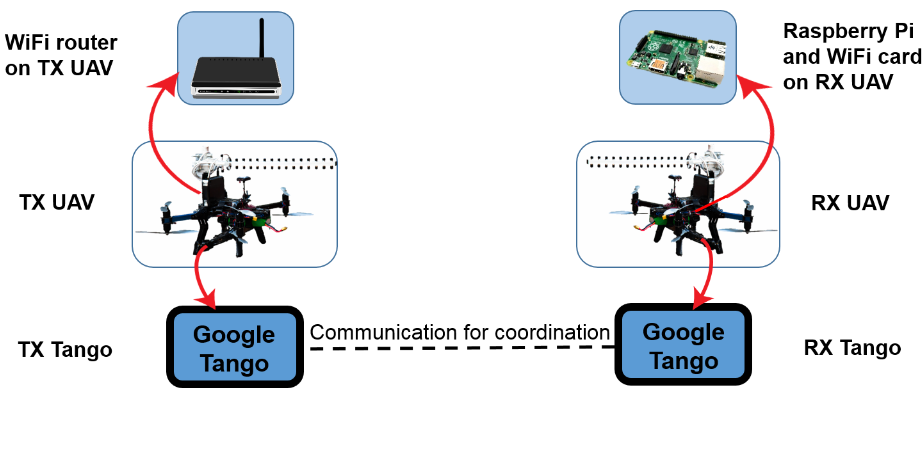By Jean-Jacques DeLisle, contributing writer
Being able to see through solid structures has been in science fiction and fantasy literature for over a hundred years and popularized by Superman’s X-ray vision. Though X-rays can be used for imaging and penetrating 3D structures, they have an undesirable and harmful ionizing radiation effect. The military has improved on this by developing radar systems that can roughly map structures within buildings and even track people moving within a room. However, these systems require very expensive equipment and precision setups to accurately work and only image a structure from a single angle. That is very limiting in applications, such as emergency response, archaeological investigation, surveying, and structural monitoring, that require more detailed 3D images of unknown and complex structures.
This is where innovative use of low-cost commercially available technologies shine, such as with researchers at UC Santa Barbara demonstrating through-wall 3D imaging using only two octocopter unmanned aerial vehicles (UAVs, or drones), Wi-Fi RSSI measurement equipment, Raspberry Pi processors, and Google Tango 3D computer vision platform. The experiment used two autonomous octocopters, one transmitting and one receiving, that navigated around an unknown structure made of common bricks while taking measurements at a variety of angles. After self-navigating several routes, the image information is processed using special methods developed by the researchers to produce images of interior structures.

Using commercially available drones (UAVs), Wi-Fi technology, a Raspberry Pi processor, and Google Tango computer vision platform, these researchers are able to demonstrate through-wall 3D imaging. Image source: University of California, Santa Barbara.
According to lead Ph.D student on the project, Chitra R. Karanam, “High-resolution 3D imaging through walls, such as brick walls or concrete walls, is very challenging and the main motivation for the proposed approach.”
Though simple 3D structures and known structures can be relatively easily measured using current technologies and prior research from the same lab, completely unknown structures with wide variations in dimensions, real-world structures, are not as easily captured. As ordinary wireless signals are chosen for their ability to propagate through common building materials and outdoor structures, the use of Wi-Fi and similar technologies can provide a low-cost and highly effective imaging platform.
“Our proposed approach has enabled unmanned aerial vehicles to image details through walls in 3D with only Wi-Fi signals; however, enabling 3D through-wall imaging of real areas is considerably more challenging due to the considerable increase in the number of unknowns,” shared Yasamin Mostofi, a professor of electrical and computer engineering at UCSB in whose lab the research was conducted. “This approach utilizes only Wi-Fi RSSI measurements, does not require any prior measurements in the area of interest, and does not need objects to move to be imaged.”
Though just an experimental demonstration and not necessarily capable of field-grade imaging in its present state, this technology does show that the height of commercially available computer processing, wireless measurement, and UAVs (drones) can be employed in innovative ways to open doors previously only accessible to highly funded labs and militaries. Autonomous UAV surveying with such technology could eventually lead to much more accurate geological and archaeological surveying, as well as rapid surveying during natural disasters and other emergency response scenarios.
Advertisement
Learn more about Electronic Products Magazine





